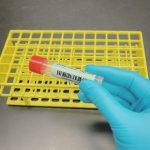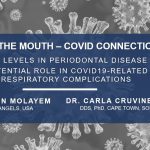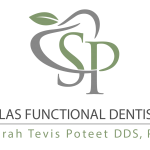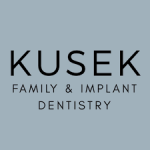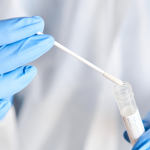
OralDNA® Labs’ salivary diagnostics offers many ways to support our patients. At Fairlington Dental, we started using the diagnostics as an adjunct to our non-surgical periodontal therapy. We quickly discovered, when you know what pathogens you are dealing with, you can create a better plan. MyPerioPath® provides an abundant amount of information; The systemic antibiotic option is one benefit among many. This blog will highlight the oral-systemic benefit.
Our whole health approach to patien...
Read More


